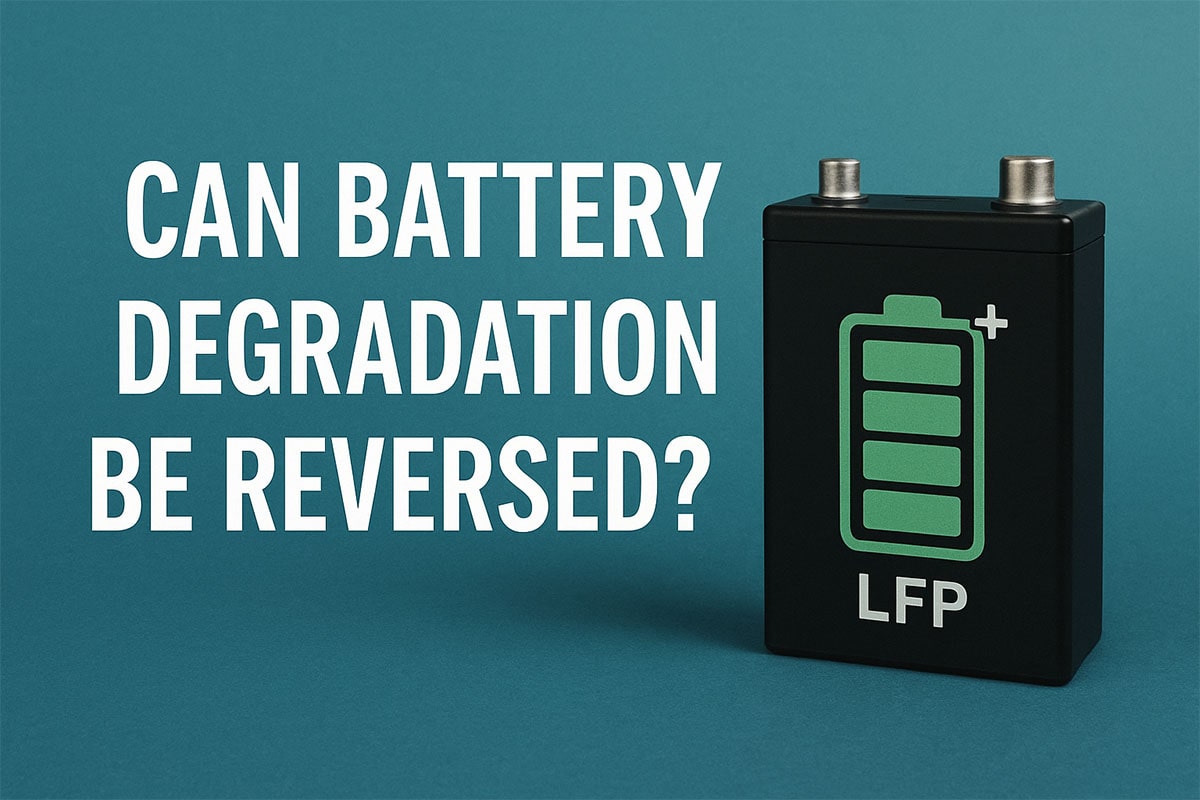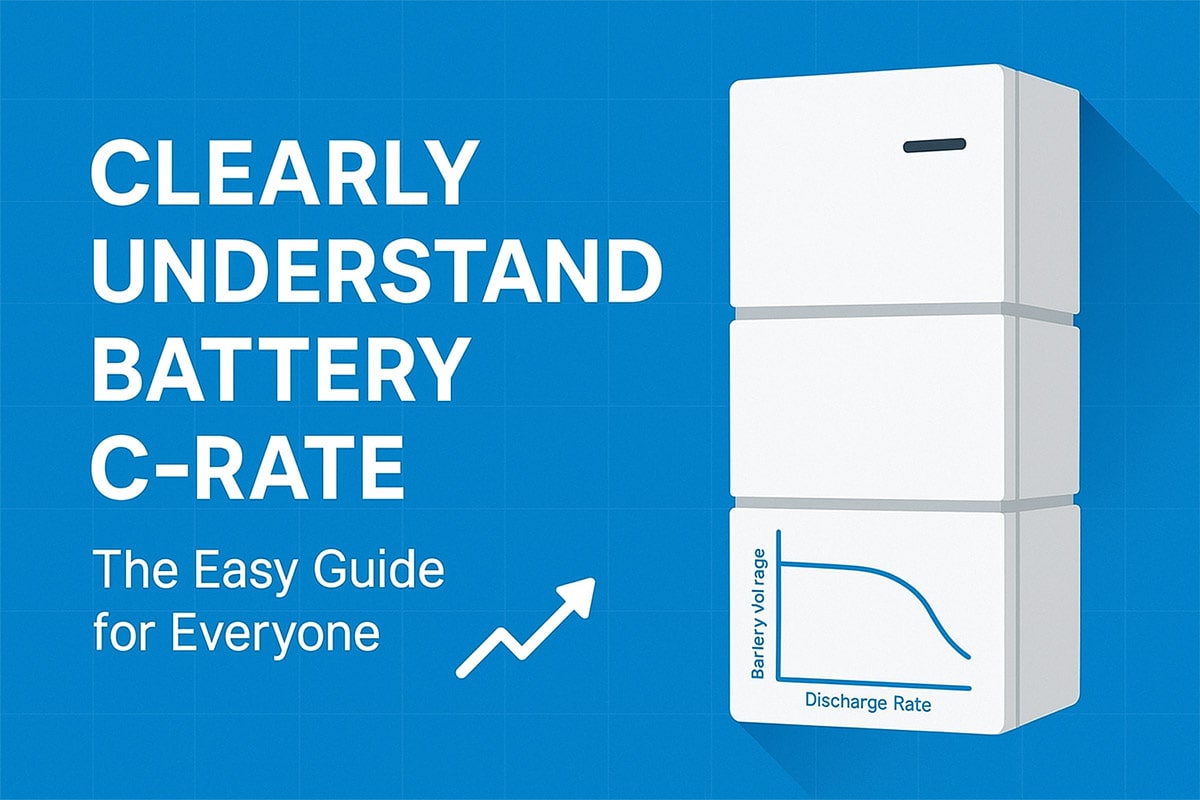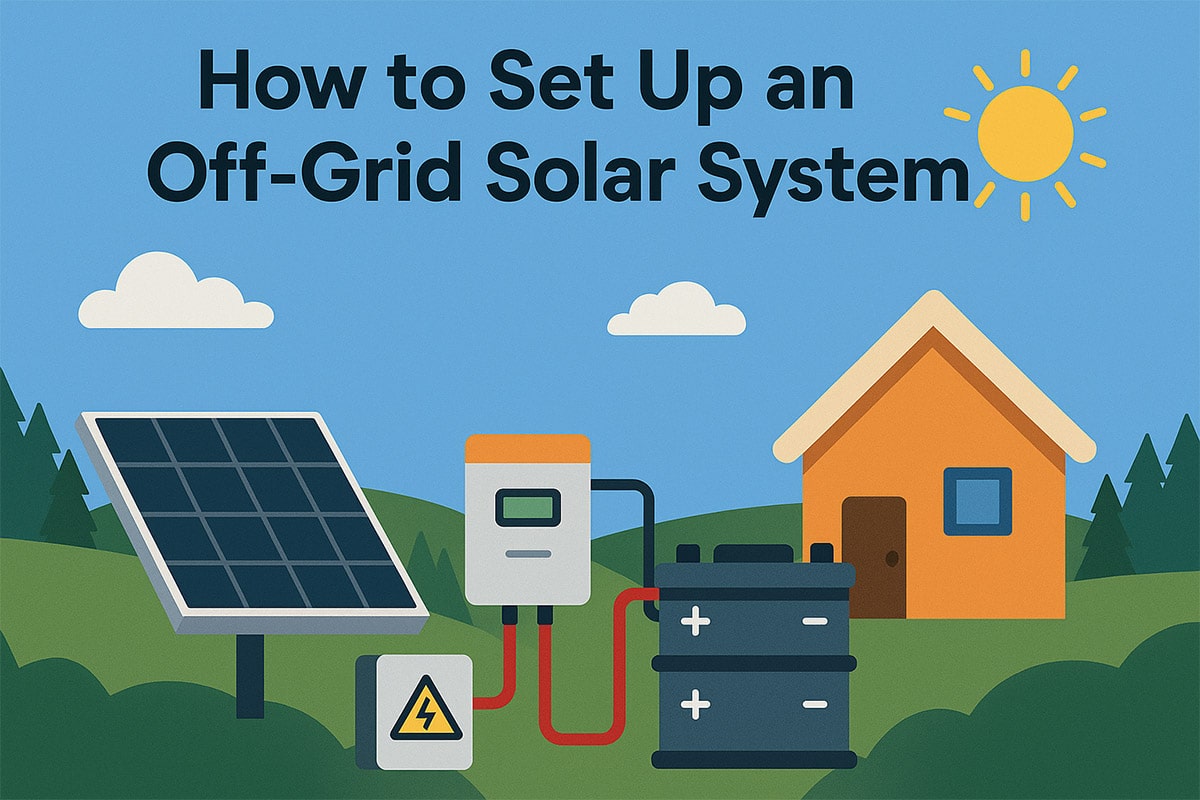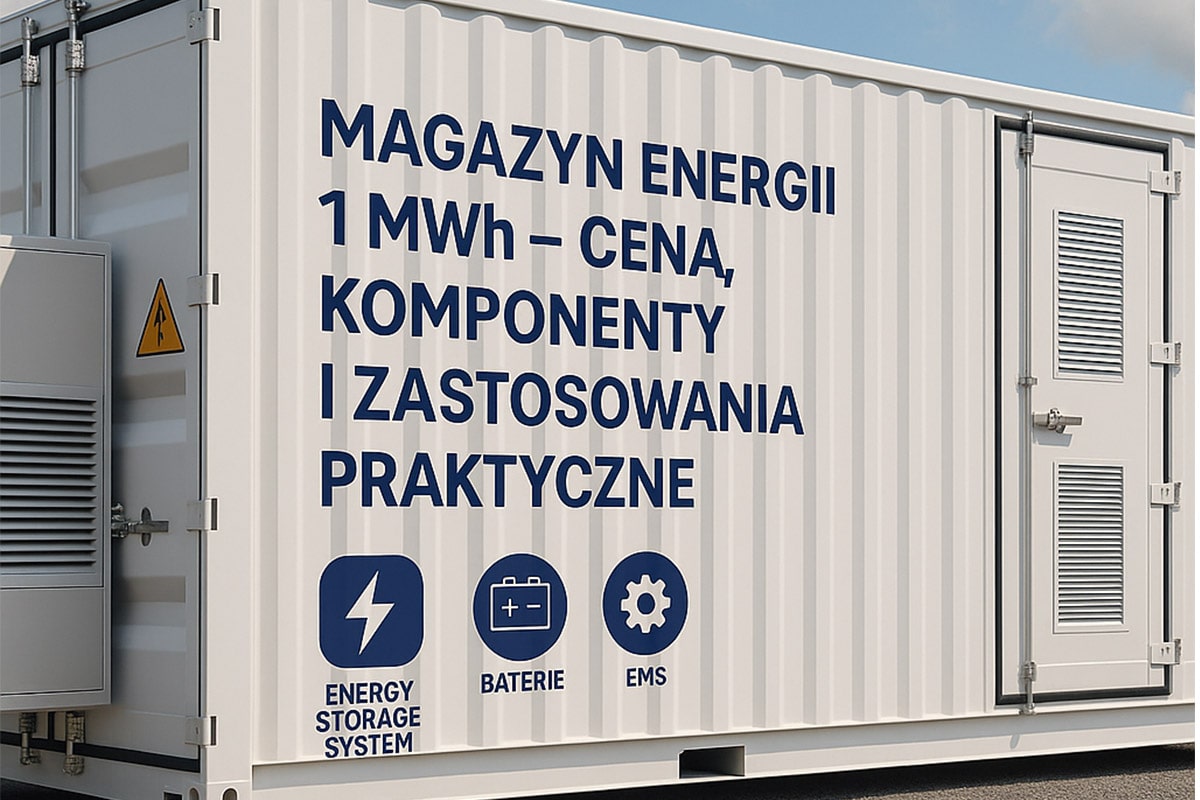What is a Floating Photovoltaic Power Station
What is a Floating Photovoltaic Power Station
Compared with traditional photovoltaic power plants, floating photovoltaics install photovoltaic power generation components on floating bodies on the water surface. In addition to not occupying land resources and being beneficial to people’s production and life, the cooling of photovoltaic components and cables by water bodies can also effectively improve power generation efficiency. . Floating photovoltaic power plants can also reduce water evaporation and inhibit algae growth, which is beneficial to aquaculture and daily fishing.
In 2017, the world’s first floating photovoltaic power station with a total area of 1393 mu was built in Liulong Community, Tianji Township, Panji District, Huainan City, Anhui Province. As the world’s first floating photovoltaic, the biggest technical challenge it faces is “moving” and “wetting”.
“Dynamic” refers to the simulation calculation of wind, wave and current. Since the floating photovoltaic power generation module is above the water surface, which is different from the constant static state of conventional photovoltaic power generation units, detailed wind, wave and current simulation calculations must be carried out for each standard power generation unit to provide a basis for the design of the anchoring system and floating body structure, so as to ensure the floating state. The safety of the array; Among them, the adaptive water level anchoring system of the floating array uses ground anchor piles and sheathed steel ropes to connect with the edge reinforcements attached to the array. The margin is kept to ensure uniform force, safety and reliability, and achieve the best coupling of “dynamic” and “static”.
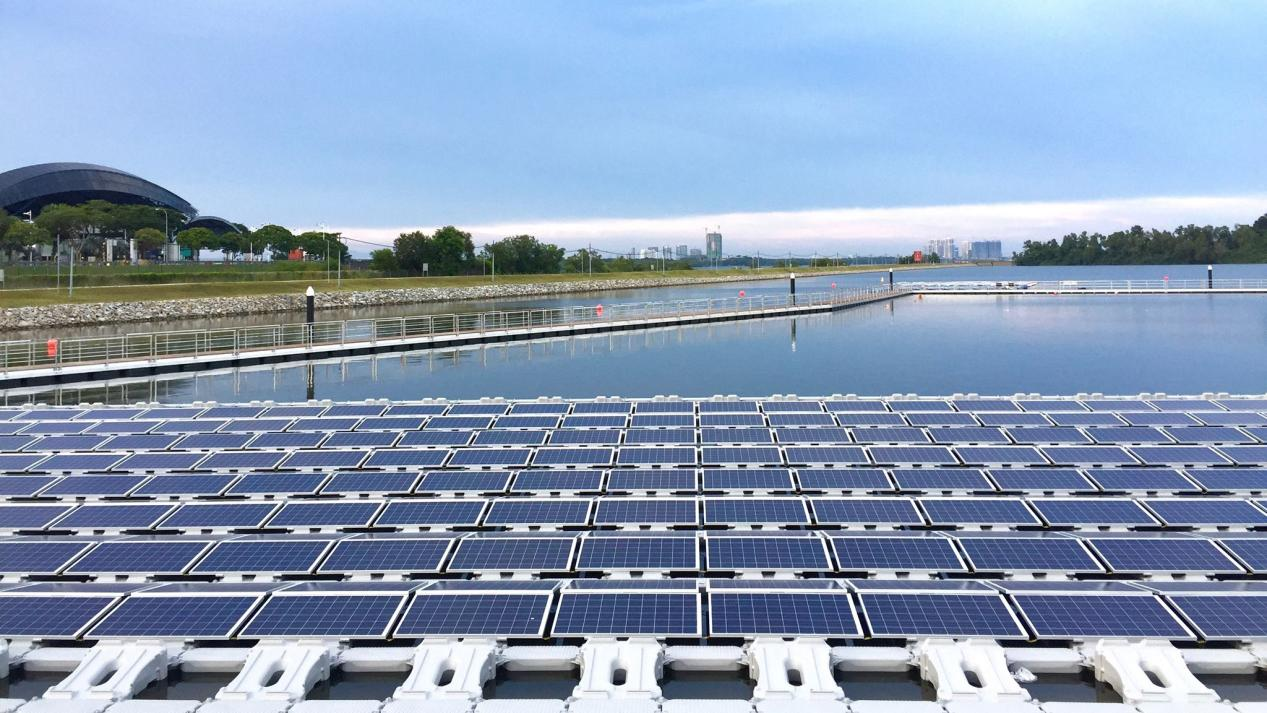
“Wet” refers to the long-term reliability comparison of double-glass components, N-type battery components and anti-PID conventional non-glass backplane components in a humid environment for water projects, and the verification of the impact on power generation. The durability of floating body materials verification, etc., to ensure the safety of the 25-year lifespan of the floating power station design, and provide reliable data support for subsequent projects.
Floating power stations can be built on a variety of water bodies, whether it is a natural lake, an artificial reservoir, a coal mining subsidence area, or a sewage treatment plant, as long as there is a certain amount of water, the equipment can be installed. When the floating power station encounters the latter, not only can the “wastewater” be regenerated into a new power station carrier, but also the self-cleaning ability of floating photovoltaics can be maximized, by covering the water surface to reduce evaporation and inhibit the growth of microorganisms in the water Realize the purification of water quality. Floating photovoltaic power plants can make full use of water cooling to solve the cooling problem encountered by road photovoltaic power plants. At the same time, because there is no shelter over the water area and sufficient sunlight, floating power plants are expected to increase power generation efficiency by about 5%.
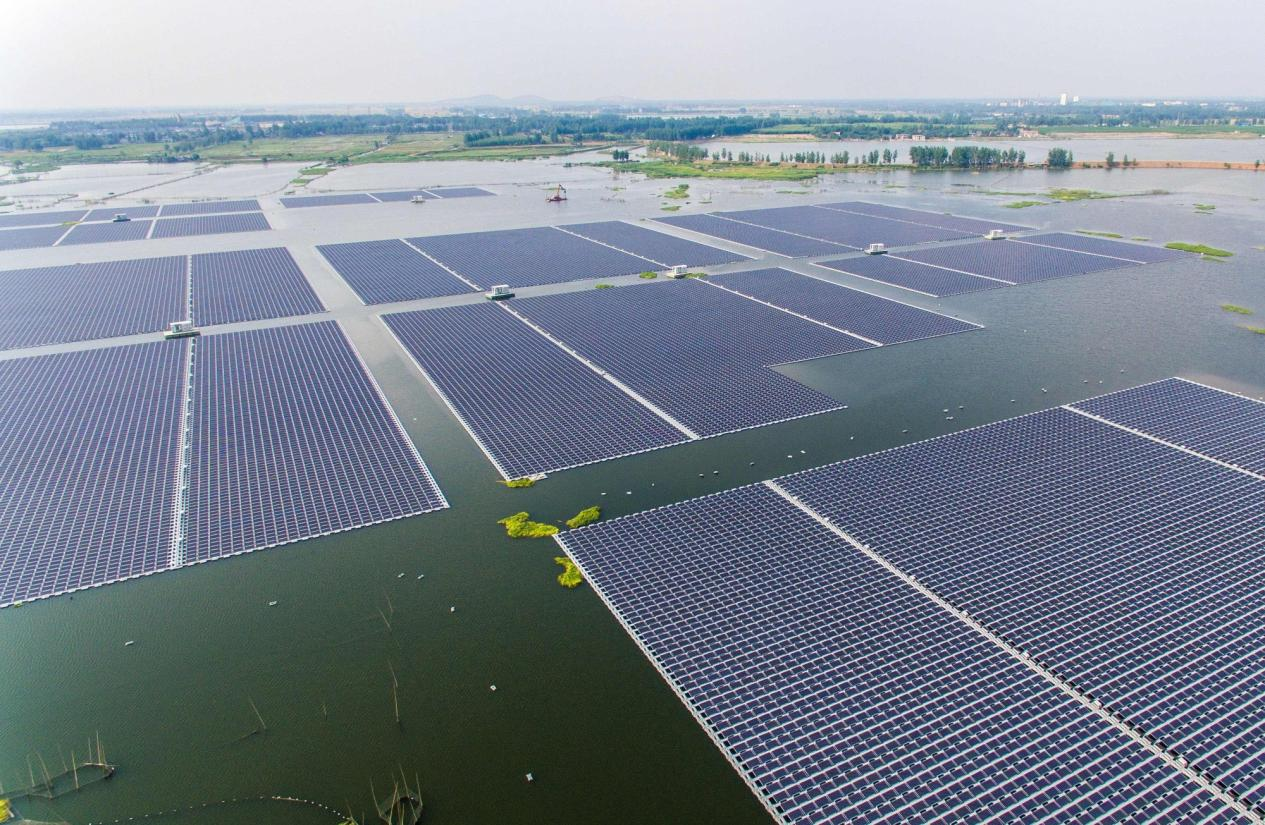
After years of construction and development, the tight land resources and the impact of the surrounding environment have greatly restricted the layout of photovoltaics on the road. Even if it can be expanded to a certain extent through the development of deserts and mountains, it is still a temporary solution, not a permanent solution. With the development of floating photovoltaic technology, this new type of power station does not need to compete with residents for valuable land, but instead turns to a wider water space, forming complementary advantages with the road surface, and achieving multiple win-win results.

